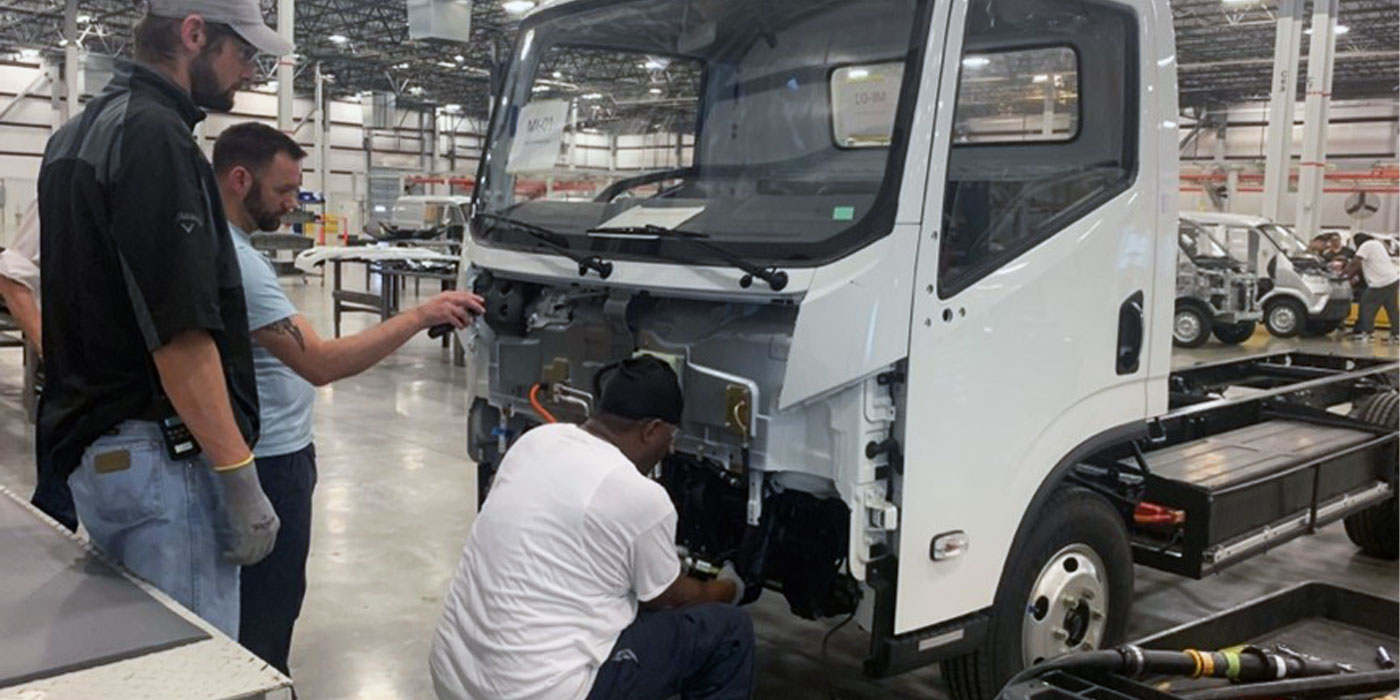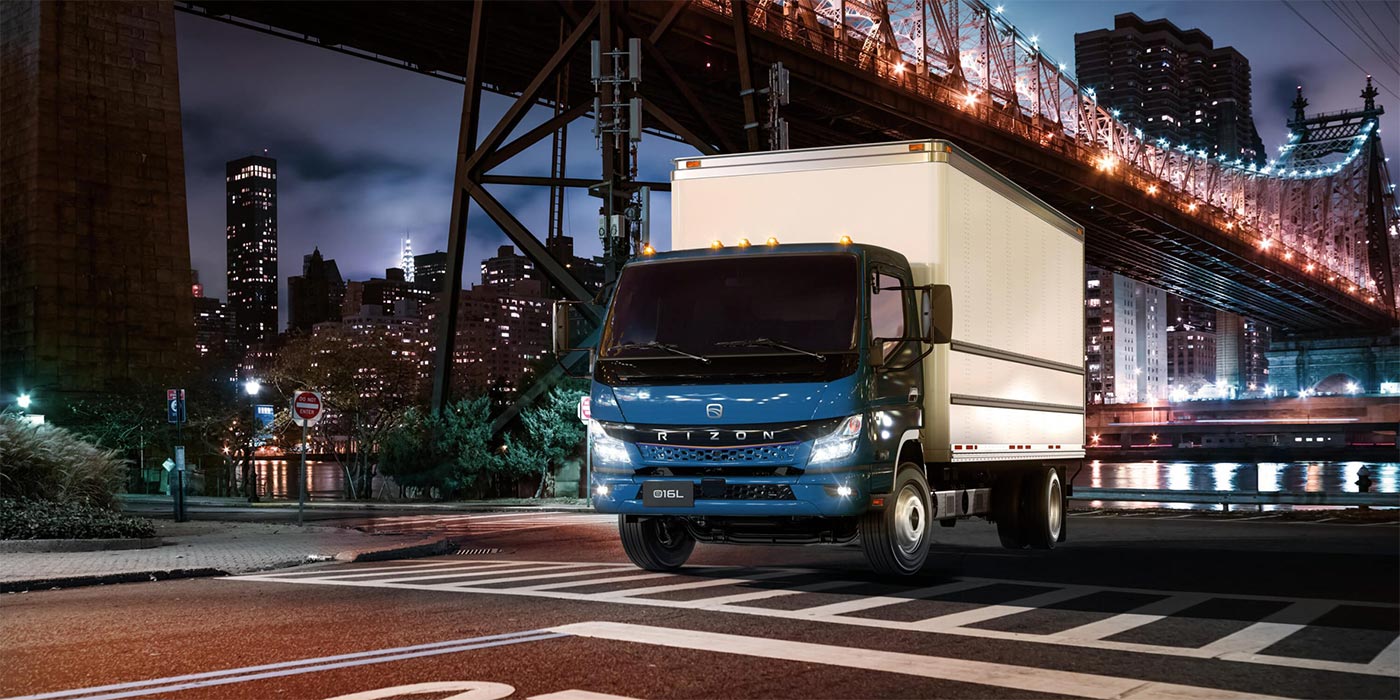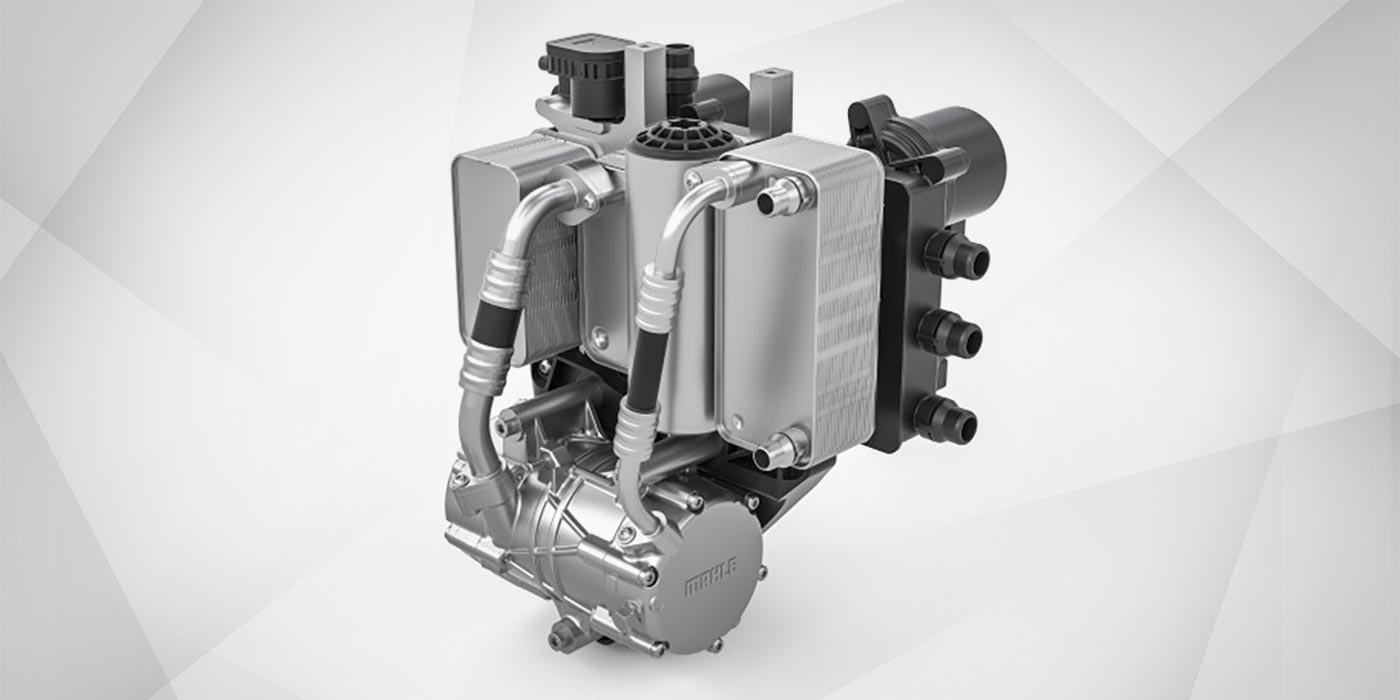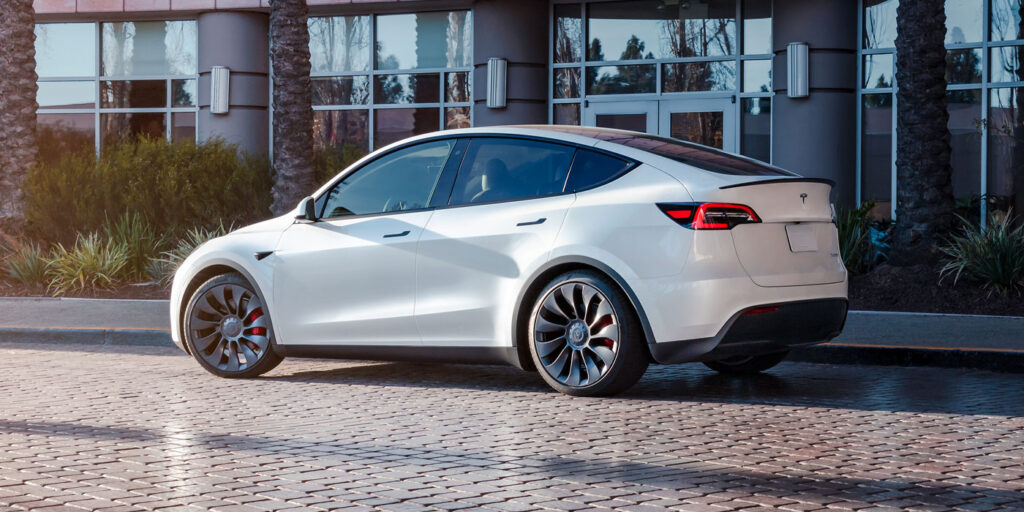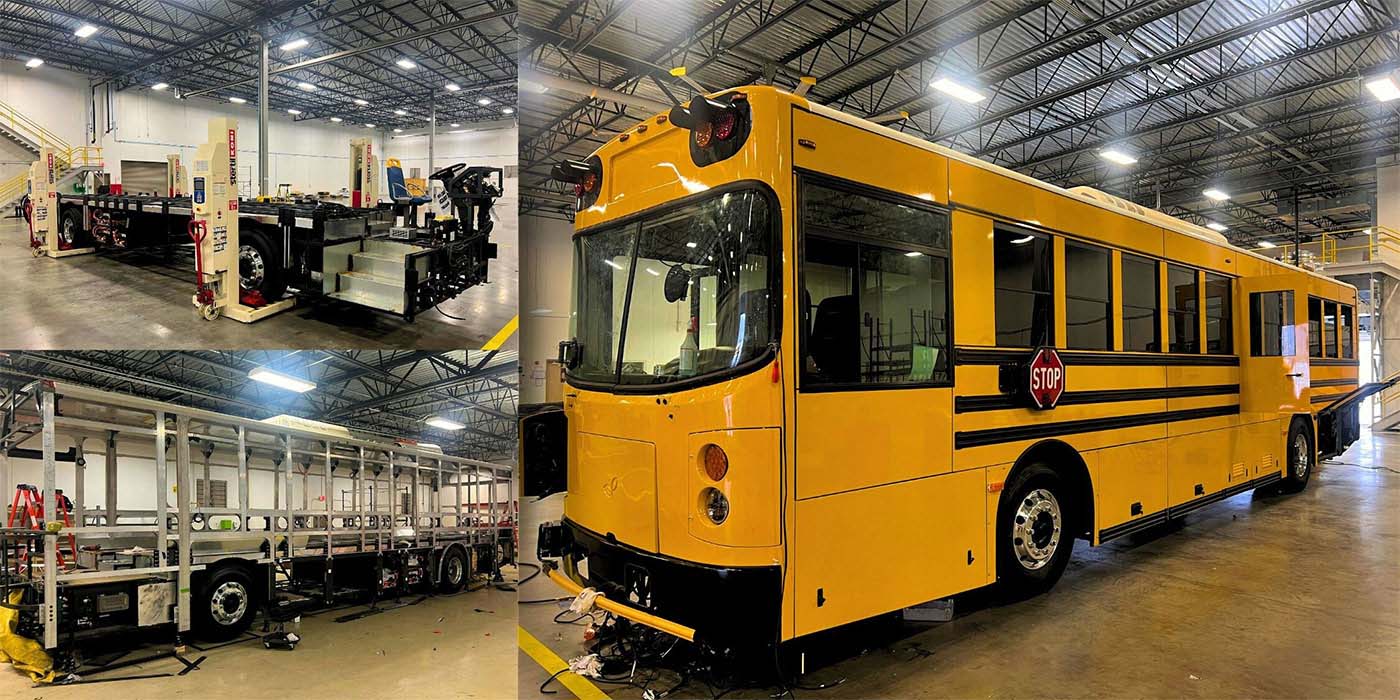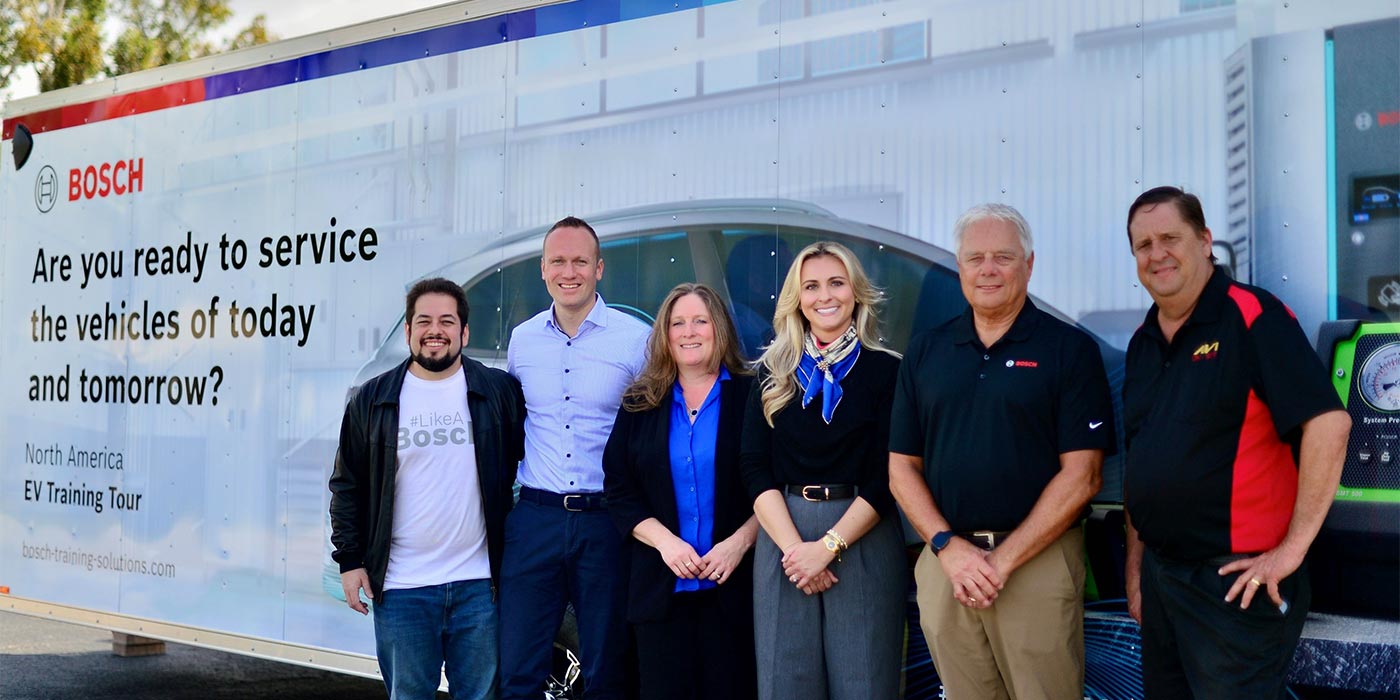Electric cars and passenger trucks will save their owners thousands of dollars over the next decade and the network of chargers for electric vehicles will expand dramatically, according to two new reports from Environmental Defense Fund and WSP.
The reports were unveiled as part of EDF’s comments to the U.S. Environmental Protection Agency in support of the agency’s proposed performance-based, multi-pollutant emission standards for new cars and passenger trucks.
“The transportation sector is the largest source of climate pollution in the U.S. as well as a main source of other pollution, like particulate matter and smog-forming emissions, that puts people’s lives and health at risk,” said Alice Henderson, director of transportation and clean air policy for EDF. “EPA’s proposed standards for new cars and passenger trucks are accelerating lower cost options and more choices for consumers while eliminating dangerous tailpipe pollution.”
EPA has proposed multi-pollutant emission standards for new light and medium-duty vehicles in model years 2027 and beyond and has been accepting public comments on that proposal.
EDF submitted new analytics and data supporting the feasibility of standards that achieve pollution reductions at least as great as those in EPA’s proposal. That feasibility builds from progress already underway thanks to manufacturer and fleet commitments, federal investments under the Inflation Reduction Act and Bipartisan Infrastructure Law that are driving down costs for consumers, and state policies. It also reflects the flexibility inherent in EPA’s performance-based standards, which can be met using a range of zero-emitting technologies and conventional engine and vehicle combinations and improvements. You can read EDF’s full comments here.
The first report, Electric Vehicle Total Cost of Ownership Analysis July 2023, compared lifetime costs of owning and operating currently available or soon anticipated new electric vehicles with comparable gasoline vehicles over a decade – including the purchase costs of the cars and home chargers (for electric cars), and annual registration, maintenance, insurance and fuel costs.
The report found for these currently available or soon anticipated new vehicles:
- All of the studied electric vehicles, when purchased this year, are expected to be the same or less expensive to own and operate over their lifetime than the comparison gasoline vehicles.
- Electric vehicles will provide lifetime cost savings of up to $18,440. Those savings will increase over time as battery prices continue to fall and production increases.
- Electric vehicles currently have higher upfront purchase costs and insurance costs, but these are more than offset by fuel and maintenance cost savings. The upfront costs of new electric vehicles are also rapidly falling as battery costs fall, innovations advance, and more models are introduced for consumers to choose from.
- The analysis includes federal tax credits for electric vehicles. However, state tax credits – which can be thousands of additional dollars – are not included and would make electric vehicles even less expensive.
The second report, U.S. Public Electric Vehicle (EV) Charging Infrastructure Deployment, found a dramatic expansion and acceleration of investment in publicly accessible electric vehicle chargers across the U.S.
The report found:
- Since 2021, almost $22 billion in investments in chargers have been announced. That money will deploy more than 800,000 new charging ports by 2030.
- Over the course of this decade, investments announced since the passage of the Inflation Reduction Act will result in the deployment of almost five times as many chargers as we have now.
- The U.S. will have 70% of all the public chargers it needs by 2030 from just existing and already-announced deployment. We will have more than 100% of what we need when including unawarded grants and other less specific commitments.
- Concrete plans to deploy electric vehicle charging stations have already been announced by federal and state governments, retailers like Walmart and 7-11, auto manufacturers, toll road operators, utilities, truck stop operators, service station operators and fleet owners. These deployments will result in a nationwide expansion of our charging network, in all states and in both urban and rural communities.
- Walmart and General Motors have announced they will install charges at all of their U.S, retail locations. 90% of all Americans live within 10 miles of a Walmart or a GM dealership.
- A program funded by the Bipartisan Infrastructure Law will bring high-speed chargers to interstates in all 50 states.
- Companies including Cumberland Farms, Kohl’s Kroger, Shell, Subway, Target and Wawa have also announced major electric charger deployments but have not announced all details, so these deployments were not included in the analysis.


